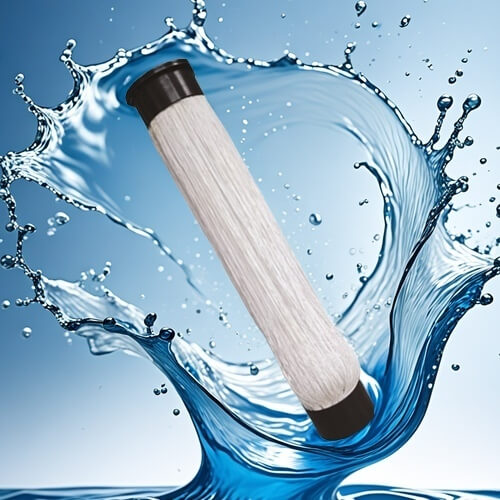Wastewater treatment technology in electroplating industry
The electroplating production process usually includes three stages: pre-treatment, electroplating, and post-treatment, each of which generates wastewater. The electroplating industry in China generally faces problems of high resource consumption and extensive business models, resulting in poor wastewater treatment efficiency. Many substandard wastewater is discharged into rivers, seriously polluting the environment and posing a threat to human health.
The complexity of cyanide containing wastewater
There are many types of electroplating wastewater and complex pollutants, so there are many reasons for the excessive pollutants in the wastewater, mainly including:
Outdated production processes: Many enterprises still use traditional production processes, resulting in resource waste.
Insufficient management of wastewater diversion: Insufficient understanding of wastewater diversion, incorrect pipeline connections, and widespread ground mixing phenomena.
Insufficient capacity of treatment facilities: The amount of wastewater generated exceeds the treatment capacity of existing treatment facilities.
Low removal rate: The removal rate of pollutants in wastewater is low, and the residual concentration is too high.
Raw material and process changes: Changes in electroplating raw materials or processes can lead to the generation of new pollutants.
Electroplating wastewater mainly contains four types of components: cyanide, heavy metals, acidic and alkaline wastewater, and organic pollutants.

Main processing techniques
The treatment technology of electroplating wastewater can be divided into four categories: chemical method, physical method, physicochemical method, and biochemical method. At present, chemical methods are the most widely used treatment method, with over 90% of electroplating wastewater being treated using chemical methods both domestically and internationally. However, China still faces many challenges in the treatment of electroplating wastewater, such as a large and dispersed number of enterprises, unreasonable production layout, and relatively backward treatment technology, which have led to low wastewater compliance rates. Therefore, it is necessary to study the advantages and disadvantages of various treatment technologies in order to select suitable treatment methods and improve the compliance rate of wastewater.
1. Chemical method
Chemical methods change the properties of pollutants by adding chemical agents to wastewater, transforming them into non-toxic or easily separable substances, thus facilitating their removal.
2. Physical Law
The physical method utilizes physical actions to separate insoluble pollutants, such as removing oil substances, without changing the chemical properties of the pollutants.
3. Physical and chemical methods
Physical chemistry combines physics and chemical reactions, and commonly used methods include electrolysis, membrane separation, ion exchange, and adsorption technologies.
4. Biochemical method
Biochemical methods purify wastewater by reacting microorganisms and their metabolites with wastewater. Compared to other technologies, they have lower costs and better environmental benefits. Especially for the biological treatment technology of heavy metals, it is increasingly valued and considered as the mainstream direction for future development.
The Importance of Comprehensive Processing Technology
Due to the differences between different electroplating industries and processes, the pollutants and heavy metal components in electroplating wastewater are complex, and relying solely on a single method often makes it difficult to achieve ideal results. Therefore, the comprehensive application of multiple treatment technologies to complement each other’s strengths and weaknesses is an important research direction for solving the problem of electroplating wastewater. By applying these technologies reasonably, the treatment efficiency of electroplating wastewater can be effectively improved, achieving environmental protection goals.
